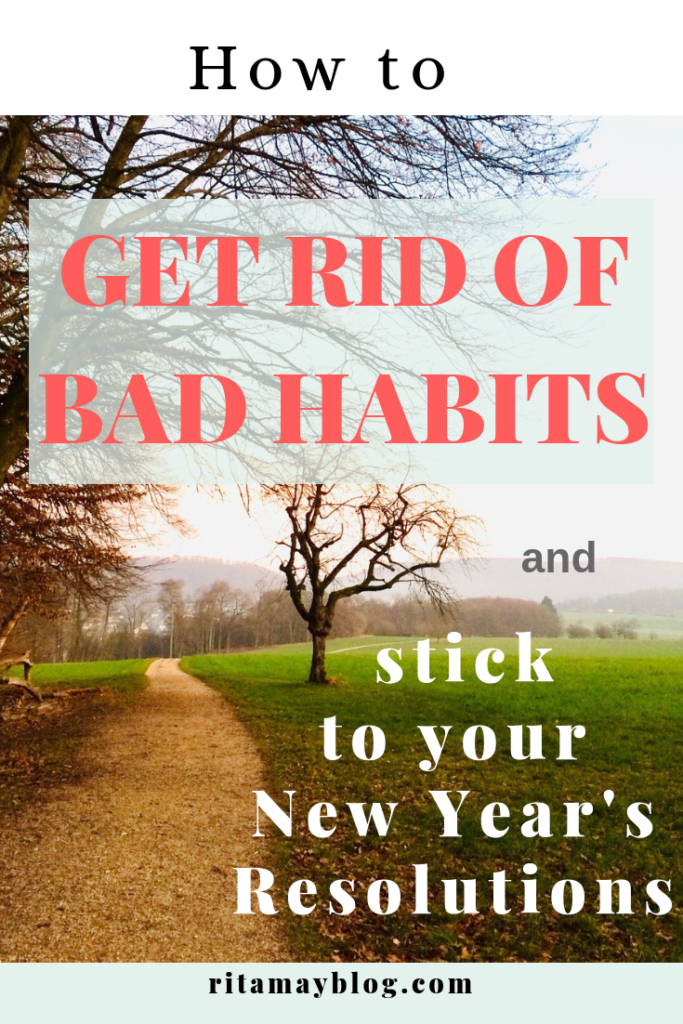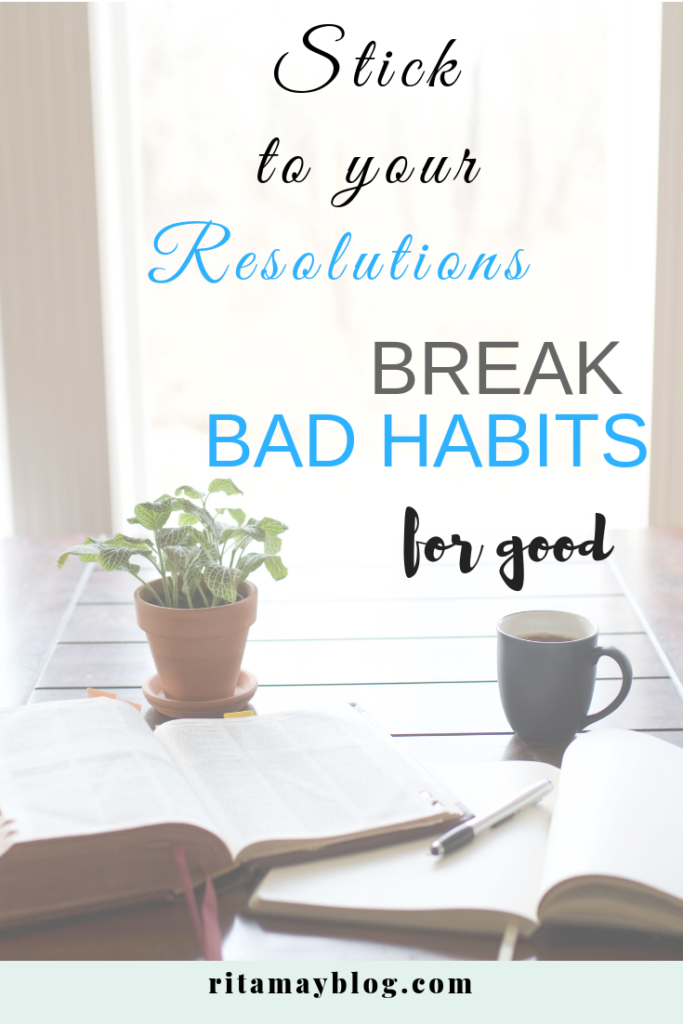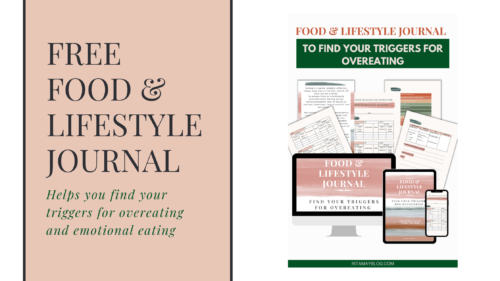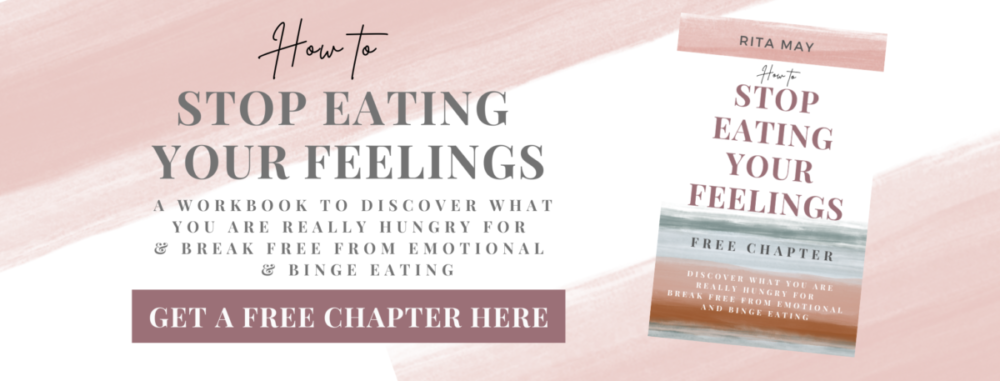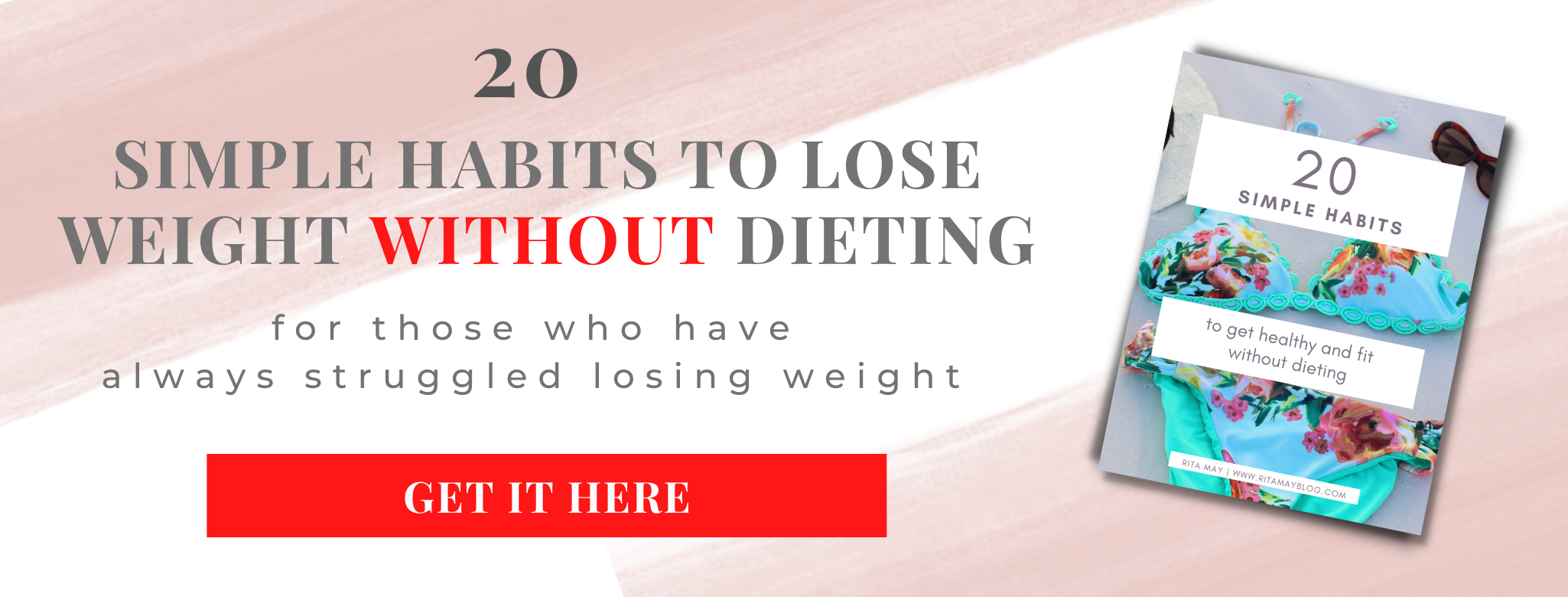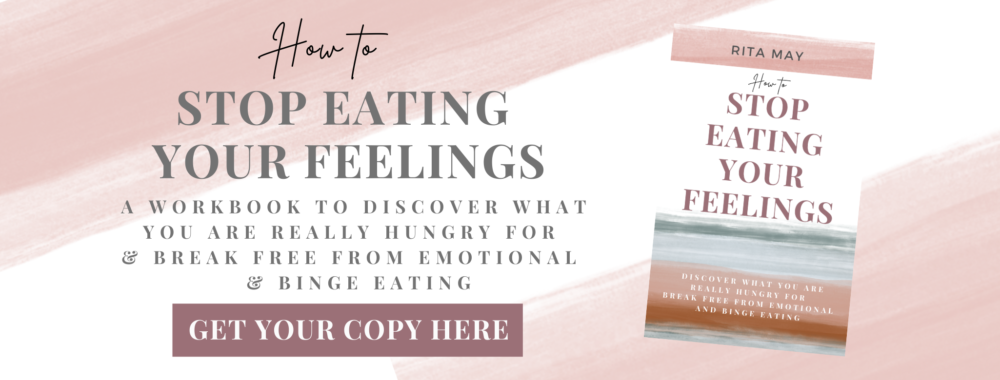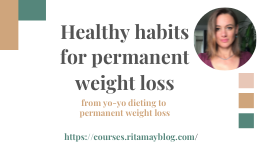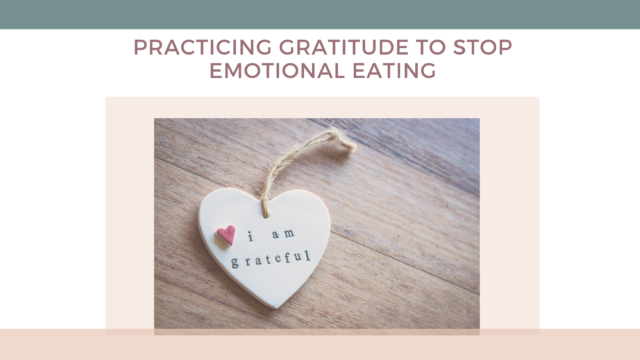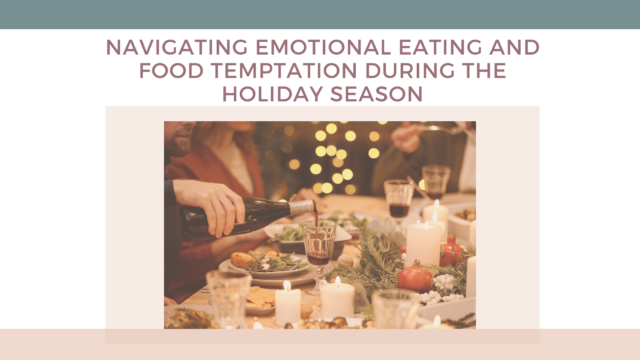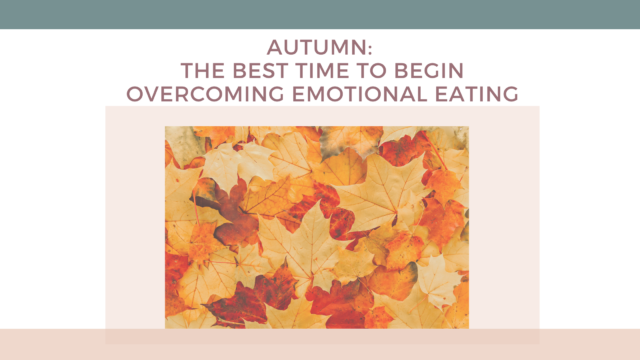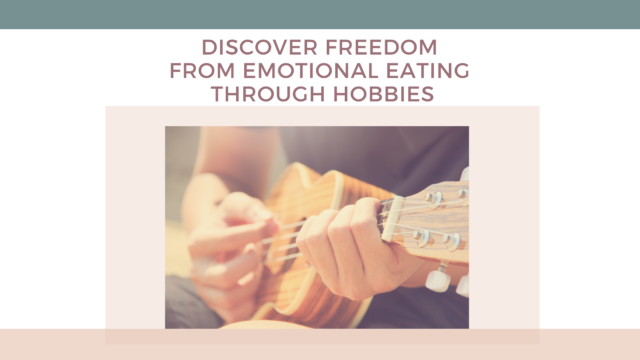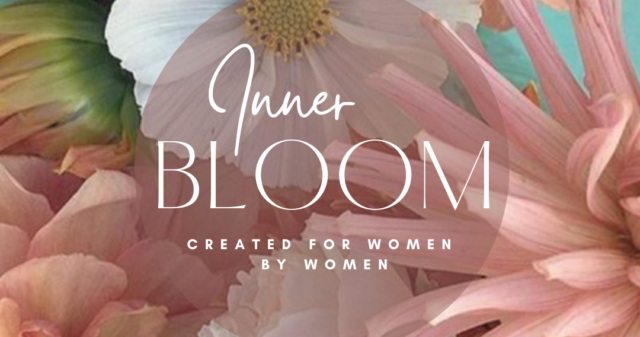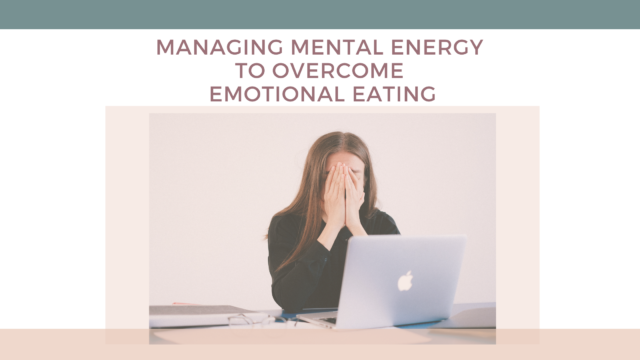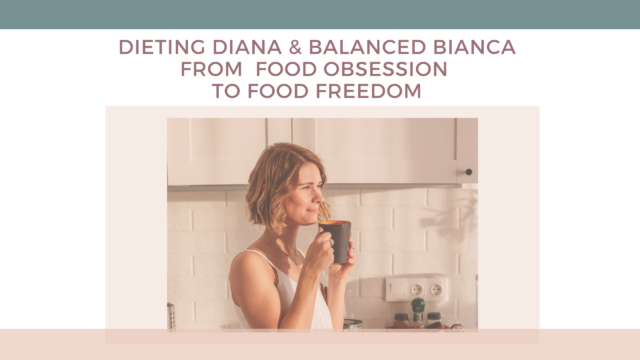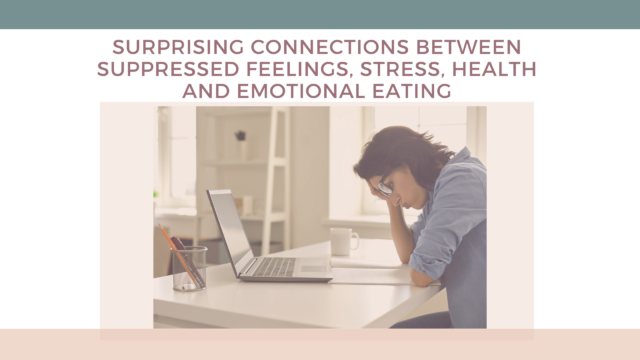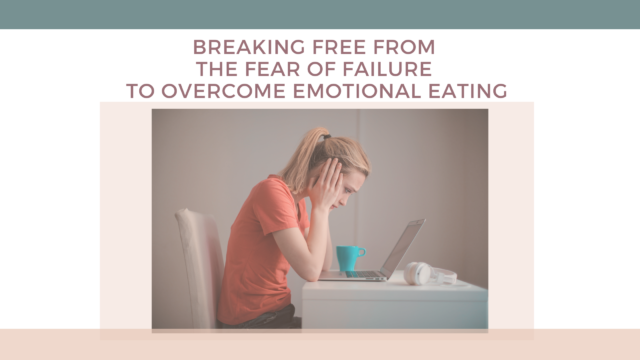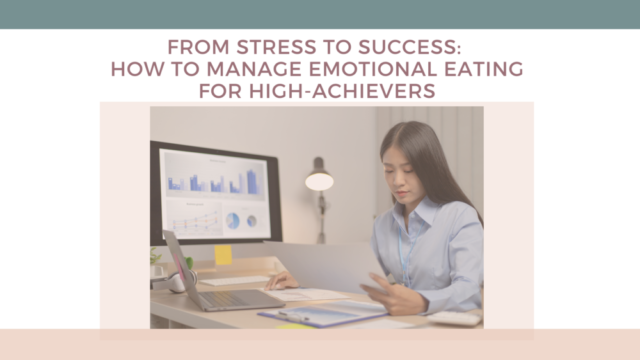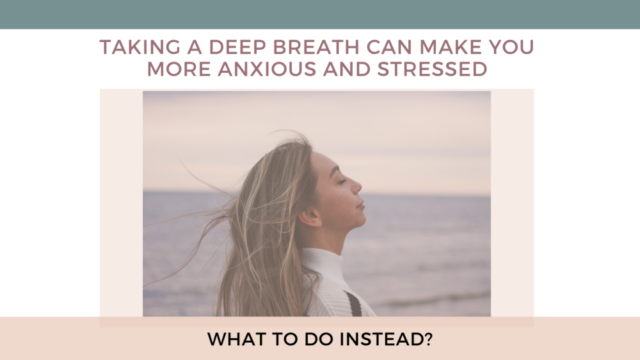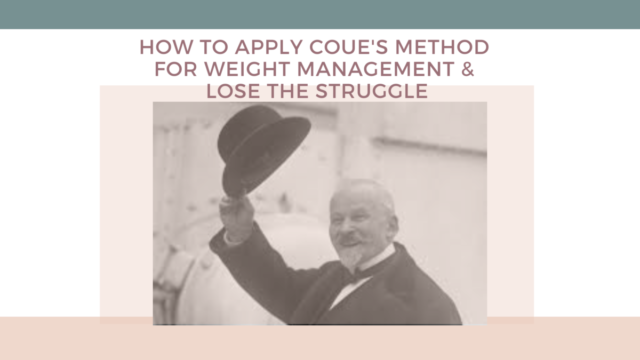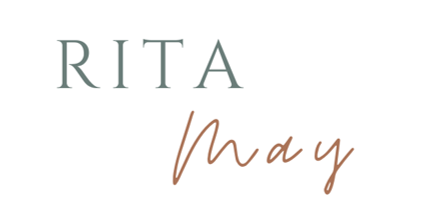How to get rid of bad habits
This post is about how to get rid of bad habits by using neuroplasticity.
Our brain is amazing. It waits for our orders patiently and executes them diligently. The brain controls automatically our breathing, heart, and digestive system and it processes all the information coming from our sensory organs (eyes, ears, nose, mouth, skin). We can learn new things, remember old experiences, recognize objects and people all because of our brain.
If our brain is so powerful, why is it not able to make us happy? Why can’t we use our brain to get rid of our bad habits, such as smoking, overeating, drinking, procrastinating, overspending, laziness, swearing, nail-biting, worrying, being late all the time? Why doesn’t it help us eliminate depression, frustration, fear, and other unpleasant mind states?
Neuroplasticity
Our brain is very capable to do all these, says Anthony Robbins, famous American author, philanthropist, and life coach. We just don’t know how to use it, since we didn’t get a manual with it when we were born. However, it is clear from the results of the 20th century’s neuroscience research, that we can change any ingrained habits. I show you how to use your brain to get rid of your bad habits.
The term neuroplasticity started to be widely used by neuroscientists in the 1960s. Neuroplasticity means, that the brain doesn’t have a fixed structure and it can change even in adult age, contrary to previous believes. It is good news for those of us, who want to get rid of a bad habit, and even for those, who had some kind of brain damage and would like to recover. Norman Doidge, the Canadian psychiatrist, and psychoanalyst shows truly amazing case studies about people who recovered from hopeless illnesses in his books: The brain that changes itself and The brain’s way of healing.
Neuro-associations
When we do something the first time, a thin neural pathway forms, which makes it possible to recall this experience, emotion, or behavior in the future. For example, if we touch something hot and we burn ourselves, a new neural pathway, a neuro-association form, that prevents burning us again.
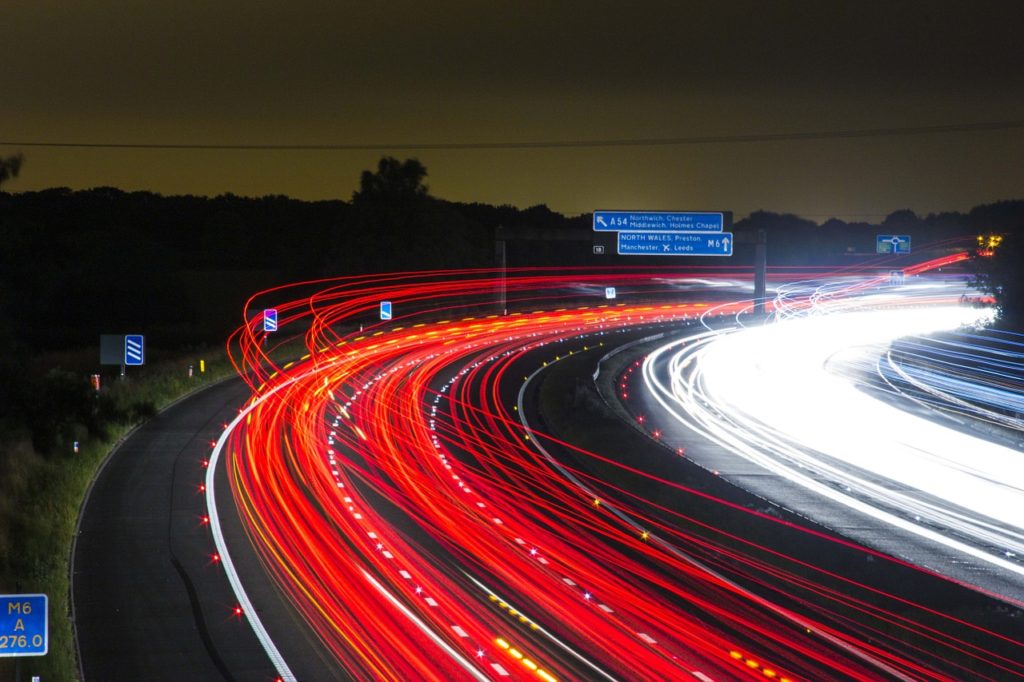
If we often repeat an activity, emotion, or behavior (smoking, overeating, drinking, procrastination, swearing, shouting, etc.), the responsible neural pathway becomes stronger, thicker and a habit forms. These neural pathways will be the highways in our brains. These are real physical changes in the brain, therefore it is very difficult to get rid of these ingrained habits. The more we engage in these activities, behaviors, the more likely that we will do them again in the future.
But don’t get sad, there is a way out!
Michael Merzenich neuroscientist showed in an experiment with monkeys, that when they established a habit in the monkey’s behavior, the responsible part of the brain became much bigger. The habit became so strong, that it remained even when the reward was removed. The good news, however, that when they kept them from doing this habit, the strong neural pathways became weaker and the neuro-association decreased.
Therefore, if we can stop ourselves to engage in these activities, emotions, behavioral patterns long enough, the strong neural pathways become weaker and weaker, and consequently, the bad habits will disappear.
This is an interesting TAD talk of Michael Merzenich about brain plasticity:
Neuro-Associative Conditioning to get rid of bad habits
Anthony Robbins introduced the Neuro-Associative Conditioning technique in his book, Awaken the Giant Within, which technique can help you weaken the thickened neural pathways.
Neuro-Associative Conditioning is based on Neuro-Linguistic Programming (NLP). NLP was introduced by two young American scientists, John Grinder linguist, and Richard Bandler psychiatrist after they studied the most successful intuitive psychotherapists’ clinical work.
Neuro-Associative Conditioning is based on the fact, that our brain wants to avoid pain, while it seeks pleasure. I have already mentioned this pain/pleasure twin pair in a previous blog post about happiness.
So if you want to get rid of your bad habits you need to follow these 5 steps:
1. Decide what you want to achieve
We tend to focus on what we don’t want to happen. You need to learn to concentrate on what you want! Not on what you don’t want. As I said before, we make stronger what we focus on, what we often think about. We strengthen those neural pathways. Once you decided what you want, think about what stops you to achieve them. E.g. I want to lose 5 kg in two months is the goal. What stops me to get there? I overeat or I treat/ comfort/reward myself with high-calorie junk food. Or another goal: I want to quit smoking. What stops me? Smoking calms me down or it energizes me, etc.
2. Associate huge pain to not achieving your goal, and a huge pleasure to achieving it
Our brain likes the usual and doesn’t like unusual situations. Therefore, we often stay in unpleasant or even horrible circumstances, because our brain wants to protect us from a potentially dangerous unusual situation.
You might hate your boss and you dread going to work every morning, but you stay in that position because you have got used to this unpleasant status. What if you change and your next boss will be even worse? Or you stay in an unhappy relationship because if you break up, you may not find anyone else. You think it is still better than loneliness.
To start any change in your life you need to reach a pain threshold, where your brain tells you: “I can’t stand this anymore, it’s unbearable, do something!” You need to associate this state to not achieving your goal, you need to trigger such pain.
Associate pain to not changing
Then you need to associate positive feelings, emotions, happiness, pleasure, contentment to achieving your goal. You need to come up with these associations based on your personal experiences. For example, a smoker may associate pain to smoking by visualizing the mouth and lung cancer that it causes, the amount of money that it costs, the bad breath and smelly clothes. Positive associations might be your health, you can visualize in detail what you can buy from the money you saved, how nice your clothes and breath will smell, etc.
Pain can be associated with seeing the fat on your body when you wear your bikini, not being able to wear your favorite clothes or that pretty dress you saw in the shop. Or to not being able to run around with your children, grandchildren, not being able to go out and dance, enjoy yourself carelessly, you need to wear clothes that hide some parts of your body, someone who you really fancy doesn’t even notice you, you can’t perform confidently at an important event (business meeting, presentation, job interview), etc.
Link pleasure to change
Positive associations can be the emotions you feel when you go to a shop and can choose any clothes you want because you can be sure they will fit you. The feeling of being able to carelessly dance, run, exercise, and being energetic. You can walk confidently across the beach, your crush notices you and likes you back, you can confidently perform at that important event.
3. Interrupt the behavioral pattern
So what should you do when you find yourself overeating or stuffing yourself with chocolate/chips again? When you lit a cigarette, or you realized that you are biting your nails, or having depressive thoughts again?
You need to suddenly interrupt this behavior with a completely unrelated, or awkward, embarrassing activity. For example, you need to jump up and start to dance or sing loudly, or you need to eat a portion of dog food, you name it. I’m sure you can come up with some funny or painful distraction that stops you from continuing the unwanted behavior.
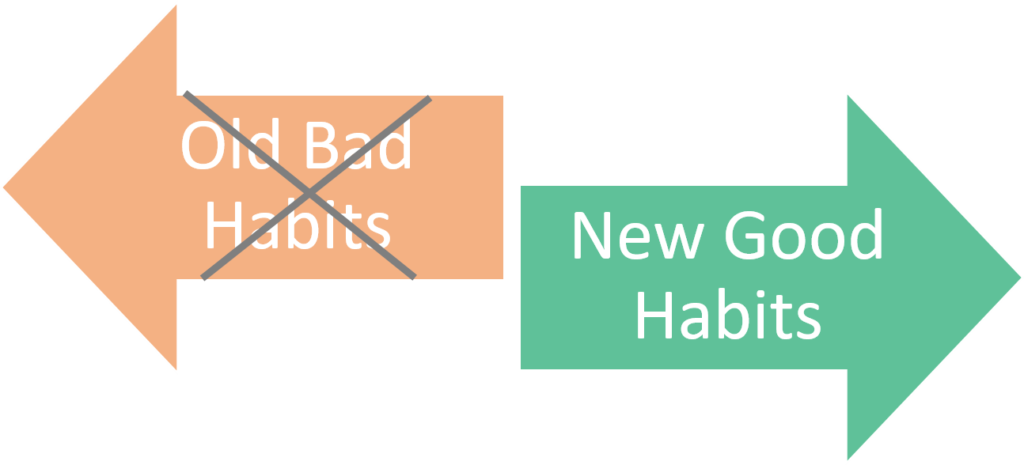
4. Create a new, positive, replacement behavioral pattern
We need to replace negative but pleasurable habits with positive, pleasurable habits. When we give up a bad habit, our brain automatically starts to search for another activity, that can provide the same or similar good feelings. That’s why smokers put on a bit of weight when they stop smoking. They find the missing pleasure in eating. Therefore, it is very important to choose a new habit wisely.
An experiment with drug addicts
The results of an experiment with drug addicts (Nancy Mann, The Int. J. of the Addictions, 1984) can demonstrate this. The addicts were in prison and they were divided into three groups.
The members of the first group gave up drugs because of an outside force, they did not have any inner motivation. This group started to use drugs again as soon as the force stopped, i.e. when they left the prison.
The second group really wanted to stop using drugs, they had an inner motivation. They managed to keep away from drugs for a long period of time, approx. for 2 years. They only fell back, when they got into a stressful situation. The reason for this is that they did not find a replacement behavioral pattern that would have helped them to relieve the stress.
The third group had a new, positive habit to replace the old habit and give them the pleasure they felt from the drugs. Some of them found their happiness in a relationship, others in spirituality, and some of them in a career that they were passionate about. Most of the members of this group were able to give up drugs forever. Some of them however fell back after about 8 years because they didn’t do the next step.
5. Anchoring the new habits till they become ingrained
You need to experience the new habit many times or vividly imagine it with strong emotions, until these neural pathways become strong “highways”. Our brain can’t distinguish between the imagined and real experiences, feelings. It registers both as reality and forms neural pathways.
After each positive result, give yourself some kind of reward, reinforcing that the new habit gives you pleasure. Don’t wait with the reward until you managed to stay away from cigarettes for a year, or you lost 10 kilos, or you haven’t had an anxious or depressive thought for months.
You need to reward the smallest results and you need to praise yourself for it. You deserve a reward when you haven’t had a cigarette for a day, you declined a slice of cake, you replied with a smile on your face that you feel good. And the reward should come immediately after the positive action, not later.
Of course, the reward shouldn’t be a slice of cake, but something that is not related to the addiction or old habit, mostly praise is enough. You can also get ideas from video games, where the game reward the players with points, medals, gifts or they get higher on a list.
More about getting rid of bad habits and brain science
If you would like to read or learn more about this topic I highly recommend reading the books I mentioned in this blog post:
Tony Robbins Awaken the Giant Within
Norman Doidge The brain that changes itself and The brain’s way of healing.
Did you find this useful? Do you have a tip on how to get rid of bad habits? If so, please share it in the comments. 🙂 We all would like to learn it.
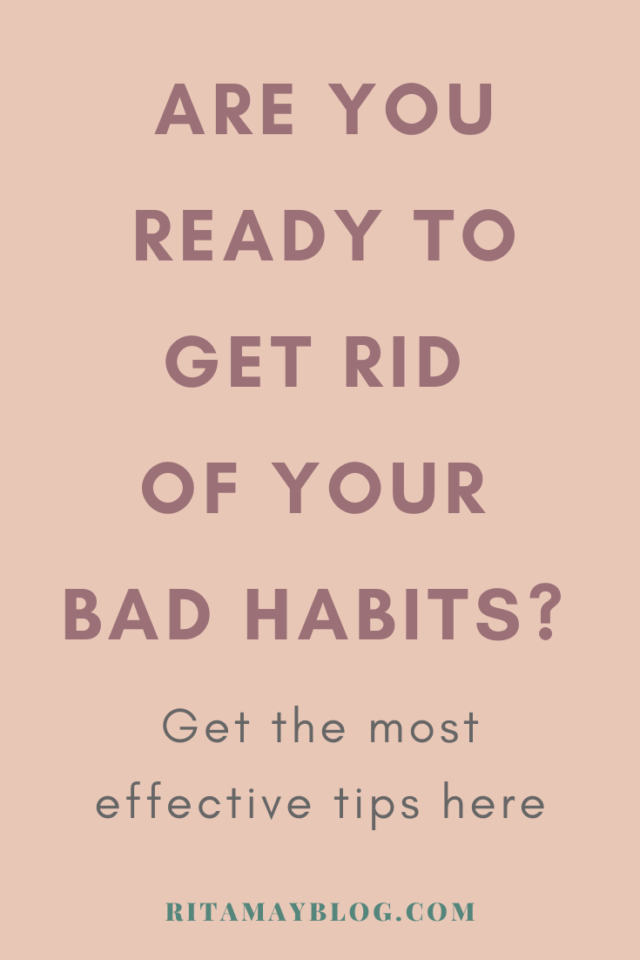
If you liked what you read, could you do me a favor and share it with others? Thank you!

